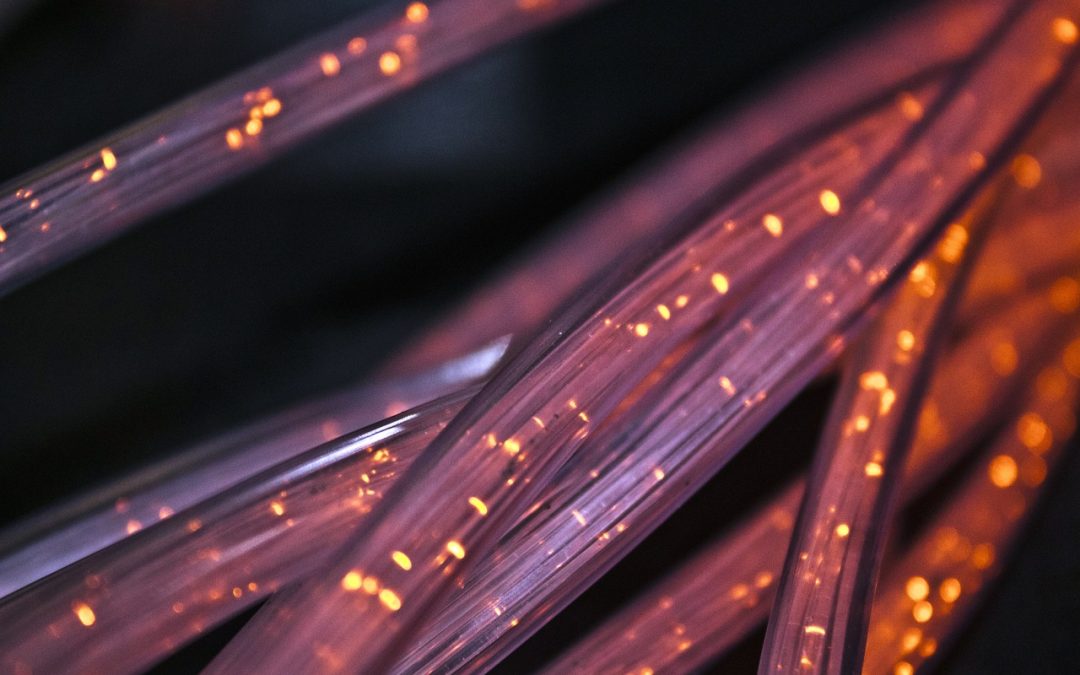The rapid evolution of technology has introduced a plethora of advancements, and among them, fibre internet cable stands out for revolutionizing the way we connect to the internet. With its cutting-edge technology, fibre internet cable offers advantages in connectivity that traditional cables can’t match.
What is fibre internet cable?
A fibre internet cable, commonly referred to as a fibre-optic cable, contains strands of glass fibres inside an insulated casing. These fibres are designed to transmit data at the speed of light using optical signals, resulting in faster internet speeds and more reliable connections. This technology is the pinnacle of modern broadband solutions and is increasingly becoming the standard for new installations worldwide.
The function of fibre internet cable
The primary function of the fibre internet cable is to transmit data over long distances at unparalleled speeds. Here’s how it accomplishes this:
- Transmitting Data: Optical signals are sent through the fibre cable’s glass strands by using lasers. These signals travel at the speed of light, ensuring lightning-fast data transmission.
- Minimized Data Loss: Unlike traditional copper cables where data loss can be significant over long distances, fibre cables maintain the integrity of the signal over a more extended range.
- Interference Resistance: Fibre cables are less susceptible to interference from environmental factors, ensuring a stable and reliable connection.
The components of fibre internet cable
Fibre internet cables might appear simple from the outside, but internally, they are a marvel of engineering. Here are the main components:
- Core: The central part of the fibre, the part where light is transmitted.
- Cladding: Surrounds the core and ensures that light signals are reflected within the core.
- Buffer Coating: Protects the core and cladding from external damage.
- Strengthening Fibres: Provides added strength to the cable, especially during installations.
- Cable Jacket: The outer protective layer, which shields against environmental factors and physical damage.
Fibre internet cable vs traditional cables
When comparing fibre internet cables with traditional copper cables, there are several key differences that emerge:
- Speed: Fibre cables can achieve speeds up to 100 Gbps and beyond, while copper cables max out at 1 Gbps.
- Distance: Data can travel longer distances without loss in fibre cables compared to copper.
- Durability: Fibre cables are more resistant to environmental factors like temperature fluctuations.
- Interference: Fibre is immune to electromagnetic interference, which can plague copper cables causing connectivity issues.
- Bandwidth: Fibre offers higher bandwidth, accommodating the demands of modern high-definition content and applications.
Breaks in a fibre internet cable
Breaks or faults in a fibre internet cable can cause disruptions in the service. Causes for these breaks include:
- Physical Damage: External trauma, such as construction work or natural disasters.
- Bending: Excessive bending of the cable can damage or break the internal fibres.
- Connector Issues: Faulty connectors can cause signal loss or complete disruption.
- Ageing: Over time, and with exposure to environmental factors, fibres can degrade which can hamper data transfer.
When a break occurs, specialized equipment is used to locate the fault. Once identified, technicians can repair or replace the damaged section, restoring the internet connection.
Conclusion
Understanding the structure and advantages of fibre internet cable helps in appreciating the revolution it has brought to internet connectivity. With its superior speed, bandwidth, and reliability, it is clear why fibre is becoming the first choice for homes and businesses alike. If you are considering updating your internet be sure to contact Express Connect. Their professionals know the ins and outs of fibre internet cable and can guide you ensuring you’re investing in the best technology available. While helping you get a high speed fibre internet connection, that will keep you entertained and connected.
